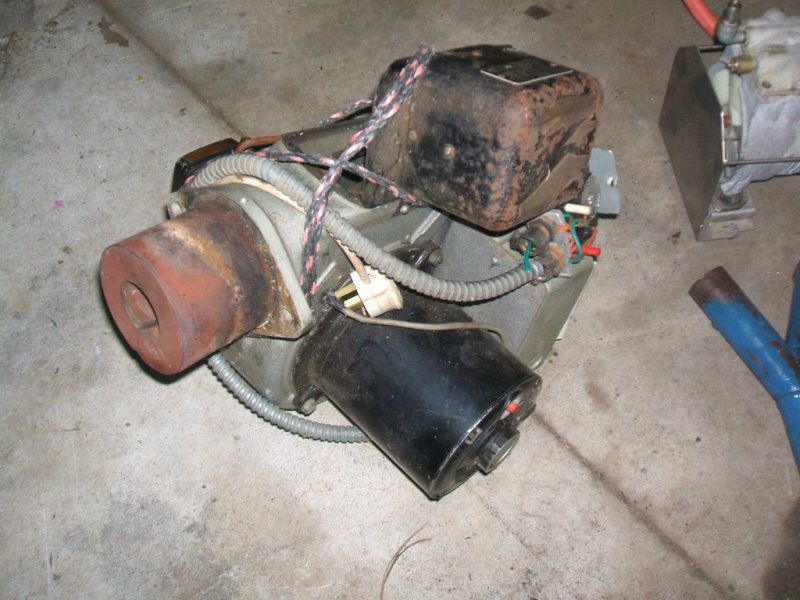Originally posted by gerardo
View Post
Originally posted by Col
View Post
Originally posted by dippy909
View Post










 I have made a machine similar to yours and had tested with car tires. I get liquid shown to the photos.
I have made a machine similar to yours and had tested with car tires. I get liquid shown to the photos.



Leave a comment: